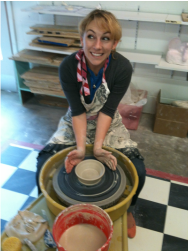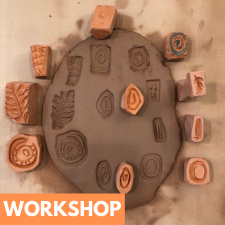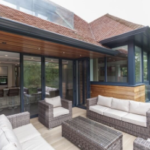You should encourage yourself to work with modelling paste, it is a paste with a texture similar to that of plasticine, very easy and fun to work with. There are different textures, colours and forms of drying, as there are air-dried and oven-dried. The modelling paste is ideal for making jewellery crafts, figure modelling, embellishments for techniques such as scrapbooking and for children’s crafts. For the clay making workshop singapore this is important.
Types of modelling pastes
It is important to follow some basic guidelines to correctly work the modelling paste or polymer clay, commercially known as Clay Color. But the most important thing is to know what type of paste to use.

Oven-dried modelling paste
They are pastes with a more or less hard texture, depending on whether we choose the soft version or the normal version. To be able to work them, you have to knead them well with your hands, to get a more moldable texture. Once the craft is done, you have to bake at the temperature and time indicated by the manufacturer.
Air drying modelling pastes
These types of clays are usually much softer and lighter, so they are more recommended for children’s crafts. There are them with different textures, for example, Silk Clay is a smooth and light texture to make figures. There is also a grainy texture such as Foam Clay. This type of work once finished we only have to let them air dry for about 24 hours to finish the piece.
7 tips for working with modelling pastes
Although due to its appearance similar to plasticine, it seems that it does not have much mystery, there are certain tips that you need to know to take advantage of the different versions of modelling pastes. The first thing is to choose the type of polymer clay that we want to use according to the type of craft to be made. Here are the best tricks to work these pastes:
- Craftwork surface with modelling paste
- It is important that the work surface is as smooth as possible, normally glass, marble or methacrylate is used.
- With this type of surface, we avoid marks on the pieces of modelling paste that we are working on and of course it is easy to clean.
- Cleaning, an ally of polymer clay
- Another point to take into account before starting to work is both the work surface, the utensils, and our hands must be perfectly clean.
- You must also take into account when working with different colours wash your hands at each colour change to avoid mixing.
A good tip is to model the lighter colours first and then the darker ones, thus avoiding that the lighter colours like white get dirty.
How to knead modelling dough?
Before starting to work the pasta we will cut the desired amount of each colour. The correct way is to knead with your hands for a while, in this way we get the dough to acquire a more elastic and flexible texture. Kneading is very important so that the dough does not get cracks when it is baked.
Once the modelling paste has been well kneaded, it is ready for modelling. Here you can mix different colours to achieve surprising results. For modelling, we can use our hands and specific tools to get textures, make shapes and other parts of our figures. In this phase, you can find countless techniques to create the desired figure, which you will explain in more detail in another post.




